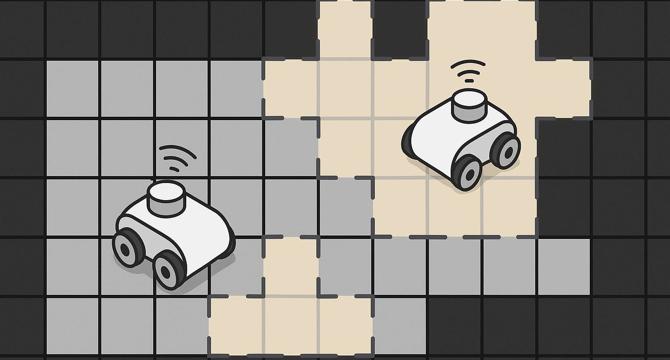Hackernoon
1M
31

Image Credit: Hackernoon
Wavefront Frontier Algorithm Enables Autonomous Mapping in Unknown Environments
- Frontier-based exploration is a strategy for robots to autonomously map unknown environments by identifying frontier cells.
- Frontiers are regions on the edge between known and unknown spaces, guiding robots to explore new areas efficiently while building a map.
- In robotics, exploration involves the gradual creation of a map to enable navigation based on frontier-based approaches.
- The Wavefront Frontier Detector (WFD) algorithm utilizes a Breadth First Search (BFS) strategy to detect and explore frontiers in unknown environments.
- The WFD algorithm assists robots in autonomously exploring unknown spaces by identifying and prioritizing frontier cells.
- The algorithm includes outer and inner BFS traversal to scan the map, locate candidate frontiers, and group frontier cells into clusters for efficient exploration.
- Helper methods like checking frontier cells and free neighbors optimize the WFD algorithm's exploration process.
- Frontier-based exploration is crucial for autonomous mapping as robots navigate towards the unknown to expand their knowledge.
- Autonomous exploration using frontier-based methods is a reliable and effective approach for mobile robots in real-world scenarios.
- Frontier-based exploration principles emphasize going to the edge of known areas to uncover new territories, contributing to robust autonomous mapping.
Read Full Article
1 Like
For uninterrupted reading, download the app